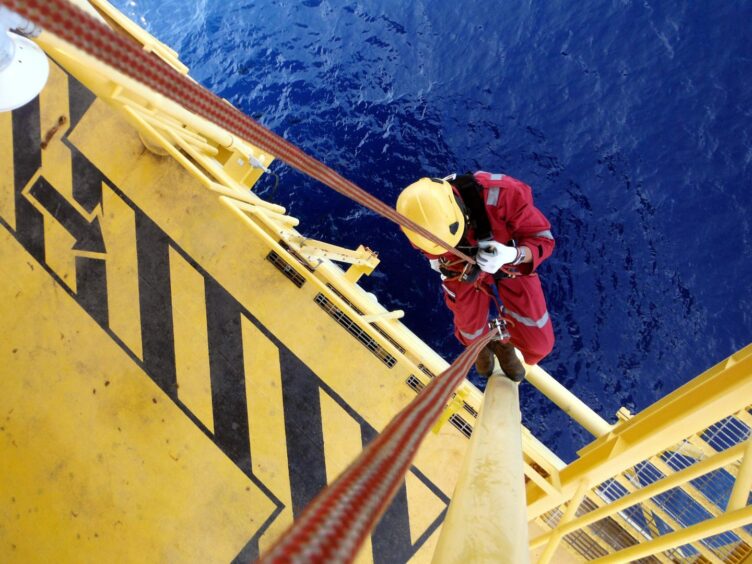
North Sea operators have been warned by HSE over a catalogue of safety failings across more than a dozen North Sea platforms, including a “shocking” maintenance backlog.
Data obtained through a freedom of information request yielded a series of 28 inspection letters from the Health and Safety Executive (HSE) to North Sea firms since October, with serious issues flagged across 15 platforms.
Inspectors found individual assets with thousands of hours of “safety-critical” work left outstanding, alongside other issues including uncertified lifejackets, asbestos and legionella risk, concerns over workers fitting into lifeboats, and even a helideck fire extinguisher being held together with tape.
As the 35th anniversary of the Piper Alpha disaster approaches this week, industry leaders described the findings as “alarming”.
Union bosses said they have raised these concerns with HSE, and Aberdeen South MP Stephen Flynn said he will be raising the matter further with industry leaders.
One industry expert said it is “unlikely” the findings are anomalies and are often symptoms of “wider organisational issues”.
A spokesperson for the HSE said it recognises “despite efforts made by operators, the maintenance backlog is above pre-pandemic levels”.
The watchdog has written to companies asking for their current position and plans, adding that HSE has a planned inspection programme for operators in the year ahead.
Energy Voice has listed the 15 North Sea oil and gas assets with HSE issues, below.
EnQuest – Magnus – maintenance backlog
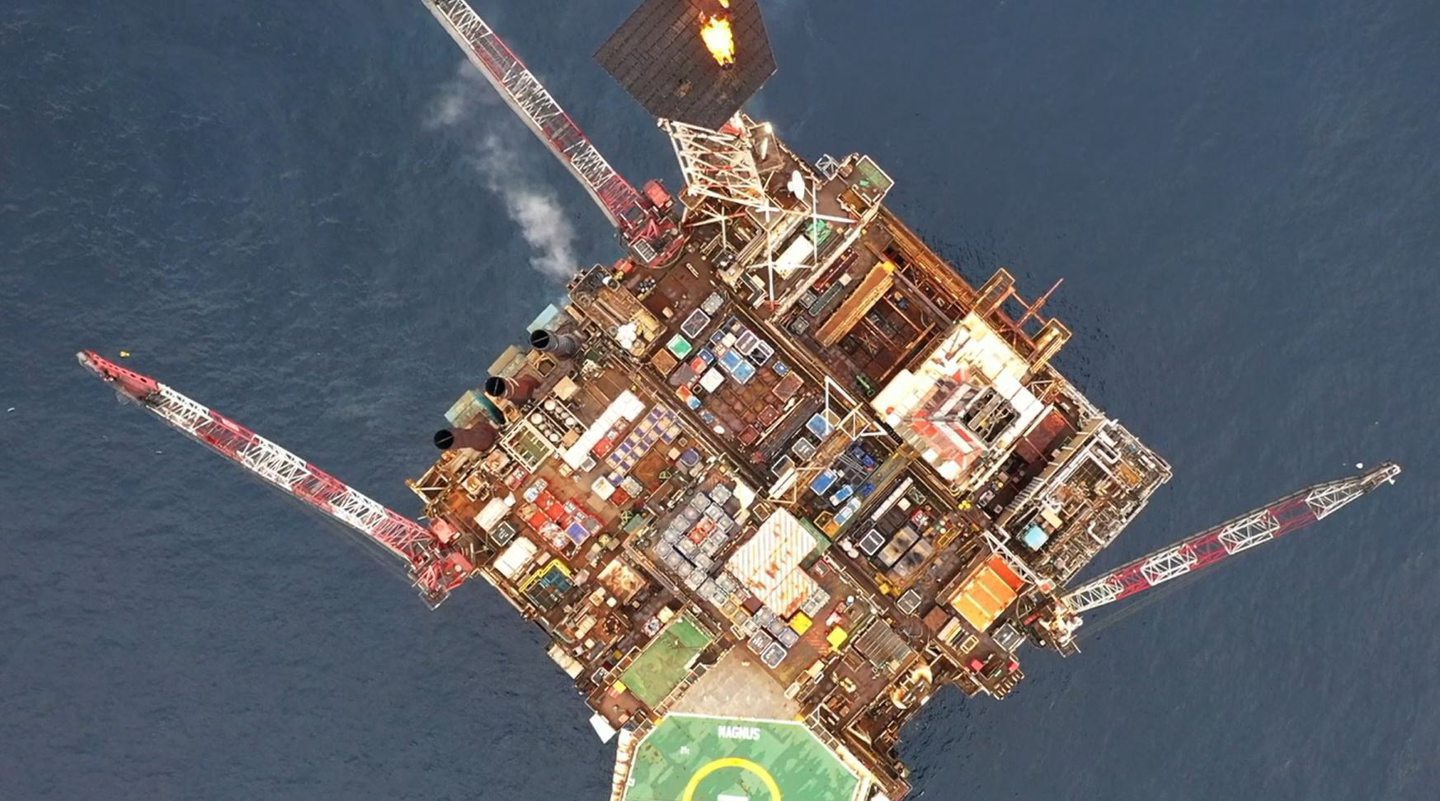
At 17,800 hours left outstanding, the EnQuest-operated Magnus platform had the highest level of “safety-critical” backlog of any single UK installation in the disclosed documents.
That figure was highlighted by inspectors in a letter dated February 13 of this year, noting the backlog was at that level as of December 1, 2022.
The headline figure represents an increase of around 8% in this type of backlog hours for Magnus since the start of 2022.
A “significant proportion of the hours (approximately 10,000) were deferred Ex maintenance work scopes,” said HSE in its letter to EnQuest. “Ex” refers to explosion protected electrical equipment.
The 40-year-old Magnus is still well into production, averaging more than 12,000 barrels of oil equivalent per day in 2022, and lies around 100 miles north-east of Shetland.
EnQuest (LON: ENQ) declined to comment when asked by Energy Voice.
Non-safety critical backlog was at 11,000 hours, as of December, a reduction of 41% on Jan 22.
HSE demanded EnQuest continues to liquidate this backlog and keep it appraised of its 2023 maintenance strategy.
TotalEnergies – Dunbar – dozens of uncertified lifejackets
On board the Dunbar platform, HSE inspectors found 164 out of 273 lifejackets – 60% of them – had expired safety certification dates.
This was among several issues within an 18-page document from HSE, dated November 30, 2022, to Dunbar’s operator, the French energy major TotalEnergies (PAR: TTE).
Inspectors found a deluge system – a fire-water mechanism used to douse fires and explosions – had failed its test and was reinstated without being re-tested to confirm the flowrate.
They found that eight months had passed with repeated confirmation that debris was stuck in the nozzles, but no risk assessment or corrective work order was raised.
Re-testing was also postponed at least twice “due to equipment and manning constraints”.
Other issues included:
-A lack of maintenance routine to test that the platform’s Temporary Refuge would be shut in upon a gas and fire signal.
– “Multiple well integrity issues” on one of the production wells.
-Work to replace “various pumps critical to the operation of the crane” had not been completed as they were needed on North Alwyn first. No deferrals were made, despite the work being designated SECE (safety and environmentally critical elements), with assessments of “why continued operations of the crane was considered acceptable, with incomplete maintenance”.
A TotalEnergies spokesperson said: “We pride ourselves on being open and honest with the HSE on all our sites and during all inspections. We respect their findings and respond as required.
“In this particular case the points were raised as part of a regular HSE inspection. We subsequently replied to the HSE with a detailed account of the actions we would take or had taken in response to their findings.
“The result is that almost 70% of the actions have been satisfactorily closed, with the remainder due to be completed by dates agreed with the HSE.”
Dunbar, which first produced oil and gas in 1994, lies 82 miles off the Scottish coastline in the northern North Sea.
Repsol Sinopec – Montrose, Piper Bravo and Auk
In January 2023, inspectors found 28,658 hours of work had not been completed by their target dates on the Montrose platform – including 12,852 hours of safety-critical deferrals.
Overall deferrals had shown a “significant increase” over the prior 12 months, and the HSE said it “was unclear how Repsol intend to address this increasing trend of backlog and deferred work”.
Separately, an inspection of the Auk platform found, among other issues, “severe corrosion” on a CO2 fire extinguisher on the helideck, which was being held together with adhesive tape.
HSE also highlighted a “significant number” of workers had expressed concerns about staffing levels versus workload. HSE told Repsol Sinopec it has concerns that manning changes “have impacted on your ability to manage Major Accident Hazards on Auk”.
A third letter, for Piper Bravo, highlighted issues linked to Ex Equipment defects and “unacceptable” timescales for training safety reps, among other issues.
A Repsol Sinopec Resources UK spokesperson said: “We can confirm that between December 2022 and January 2023, the HSE undertook regulatory inspections of our North Sea assets.
“Repsol Sinopec always collaborates fully with the HSE before, during and after all inspections to our offshore facilities. On receipt of these notifications we immediately responded, outlining measures to address each letter finding and are continuing to implement all necessary improvements in agreement with the regulator.
“We welcome the feedback from regulatory inspections and the opportunity to enhance our systems and processes. We take the findings of HSE’s inspections very seriously and investigate fully each item highlighted.”
Taqa – North Cormorant – concern over lifeboats
On Taqa’s North Cormorant, HSE highlighted that the Offshore Installation Manager (OIM) and Coxswain “were not confident” the lifeboats on the installation could hold the stated number of passengers.
Since the last review, in 2011, the average weight of passengers has grown.
The spacing of the lap belts was of concern for larger passengers, and the OIM and Coxswain were “seeking re-assurances that the lifeboats can be loaded fully in an emergency”.
A previous inspection from Taqa in 2011 used an average weight of 98kg for passengers to measure the capacity – but the November inspection found over half of the crew (27 out of 50) weighed between 98-142kg.
HSE said these larger occupants “will likely exceed” the space provided by the lifeboat seat designs.
Inspectors recommended loading tests to ensure safety, and said it will be in touch with the lifeboat manufacturers.
In a statement to Energy Voice, Taqa confirmed the issue “has now been satisfactorily closed out with the HSE”.
They added: “TAQA UK confirms that at all times there was sufficient lifeboat capacity for all persons on board the asset.
“There has been a revision to maximum POB limits on the North Cormorant due to locally measured data on average weights of personnel offshore.
“Further assurances to all coxswains and personnel on board that lifeboats can be loaded correctly, has been provided through increased frequency and numbers of personnel involved in lifeboat loading training exercises.”
Trade body Offshore Energies UK (OEUK) confirmed to Energy Voice that wider industry measures are being taken to review body mass index against lifeboat sizes. It did not comment on the Taqa case specifically.
Apache – Forties Alpha – ‘significant risk’ of caisson failure
Inspectors highlighted a “significant risk” of failure of a caisson in the platform support structure.
The HSE underlined regulations in place to protect the integrity of the wider Forties Alpha installation in the letter sent in October.
Aisus, an inspection firm which lists Apache among its clients, describes caisson failure as “a major issue” for platform operators, noting it “can have a devastating impact if its integrity is compromised”.
In 2020, a deteriorated caisson led to a three-month shutdown of Serica’s Bruce field.
Also on the Forties Alpha, HSE said Apache “failed to maintain the integrity of the temporary refuge structure.”
A spokesperson for Apache said: “Apache North Sea is committed to safe and responsible operations. Prior to the routine inspection by HSE, Apache was aware of and in the process of completing the repairs while implementing appropriate mitigations to continue safe, ongoing operations.
“The repair for the caisson is complete and the work on the temporary refuge structure is in process.”
Forties is among the oldest and most prominent fields in the North Sea, with production starting nearly 50 years ago, in 1975.
It lies 110 miles off Aberdeen.
Anasuria Operating Company – Anasuria FPSO – asbestos
Following a December inspection, HSE flagged concerns around training for people who may be exposed to asbestos.
It found that “persons offshore who may be exposed to asbestos, and those supervising such persons, were not being provided with information, instruction and training at regular intervals”.
Inspectors demanded that operator Anasuria Operating Company provide adequate information, instruction and training – and that it is done so at regularly.
Older offshore platforms and assets, constructed before 1999, can contain asbestos – and the risk is higher the older these assets are.
Mesothelioma, a type of cancer, is usually linked to asbestos exposure and the substance requires special protection for anyone handling it.
Anasuria Operating Company said it is “actively engaging with the HSE following a regulatory inspection of the Anasuria FPSO to ensure full compliance with their recommendations”.
A spokesperson said, since the inspection the company has:
-Issued an updated asbestos procedure
-Updated the installation’s asbestos awareness pack which was presented to the crew during their weekly ‘Location Safety Meeting’
-Updated its training matrix to reflect the revised training programme
They added: “Our commitment to continual improvements is paramount to us achieving our commitment to delivering operations in a safe and environmentally responsible way.”
CNR International – Ninian Southern – Legionella
HSE highlighted the risk of Legionella bacteria contaminating a water tank which serves the emergency fire sprinkler system on board the Ninian Southern.
The watchdog said a risk assessment from 2020 had still be to addressed on this.
Inspectors also noted, among other issues in the December letter, that no action had been taken following a 2015 noise control study which set out “reasonably practicable” measures to address problems with this on the platform.
HSE said CNR International had “failed to ensure that employees and others likely to be exposed to noise at or above the upper exposure value” has that noise reduced to as low as reasonably practicable.
CNR International had no comment when approached.
Ninian Southern is also among the older platforms in the North Sea, installed in 1975, and sitting 240 miles from Aberdeen in the northern sector.
Petrofac – Kittiwake – rope and string
As dutyholder on EnQuest’s Kittiwake platform, Petrofac (LON: PFC) was sent a letter on February 6 this year highlighting several issues.
This included three of the Kittiwake’s main external stair towers being restricted due to integrity-related issues.
Significant degradation to “unistrut” support structures was found through the asset. Items were “found to be supported with rope and string, including equipment on the ‘E’ gas compressor”, an inspector noted.
HSE demanded that a plan to replace all of this degraded steelwork is carried out.
Additionally, a total of 6,932 hours of “fabric maintenance anomalies” were to be liquidated – not expected to be completed until Q3, 2024, according to the HSE’s findings.
A Petrofac spokesperson said: “Safety is of paramount importance to Petrofac. We welcome the HSE’s routine inspections and we are already addressing their advice through robust maintenance plans.”
Kittiwake lies 100 miles off Aberdeen. Petrofac has been duty holder since 2003, a role it’s held with EnQuest since 2014 and prior to that with the last owner Centrica.
NEO Energy– GP3 – cranes and communication
Inspectors found that major planned maintenance on the FPSO’s forward crane hadn’t been carried out in eight years – three years beyond its regular five-year intervals.
This crane is classed as a Safety and Environmentally Critical Element (SECE).
HSE also told operator NEO Energy that they found the GP3 crane 2 being used three weeks after defects were found and not rectified.
Regulations require a competent person identifies and submits a prompt report on any defects found – offshore teams said this would always be filed while still offshore, but onshore teams from NEO and contractor Petrofac said they had not received it in a timely manner.
HSE said there was “general misunderstanding of LOLER (Lifting Operations and Lifting Equipment Regulations) requirements,” with NEO Energy and Petrofac staff stating, incorrectly, on several occasions the date for remediation actually related to a date to investigate – not the date to take action.
It also pointed to miscommunication between the various contractors on board: “The arrangement between MINTEG, Enermech, Petrofac and NEO may be complicating the communication process and introducing delays.”
Other issues identified included 123 defined life repairs (temporary repairs) applied to topside pressure systems.
“All of these were on Safety and Environmentally Critical Systems and a number were on Hydrocarbon Systems,” said HSE.
NEO Energy did not respond to a request for comment.
Perenco – Leman / Ravenspurn North / INDE
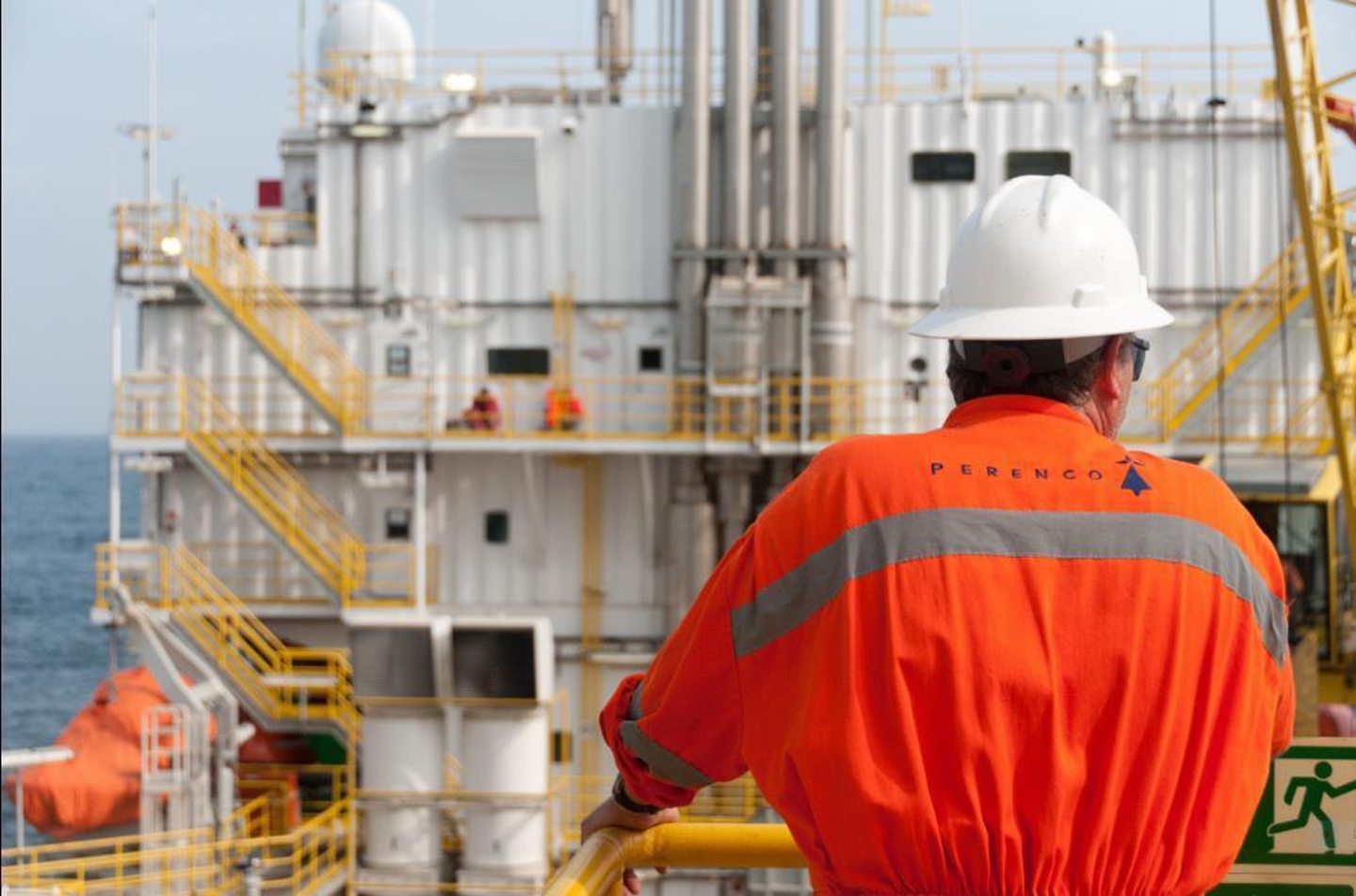
Perenco received three letters from inspectors in the months of November 2022 and January 2023 linked to a trio of its Southern North Sea platforms.
Leman and Ravenspurn North marked poor for maintenance management, and INDE rated poorly for Safety Critical Element Management and Verification.
Some of the key issues:
-Leman 49/27 J: Multiple potential dropped objects with major deterioration found during one-day inspection
-Ravenspurn North: Defined life repairs in place which need fixed on a Hydrocarbon Vent Header piping system.
HSE highlighted the risk of “worm-holing” which could ultimately “result in a through wall defect and a loss of containment and hydrocarbon release”.
-INDE 23C – Upon inspection, HSE found that a dozen safety case recommendations from independent verifiers made 12 months prior had not been put in place.
Inspectors also noted the platform Emergency Response Plan in incorrect mode setting.
It comes amid a series of other recent HSE issues for Perenco. In August 2022, HSE found 400 overdue repairs on various platforms (whose names weren’t disclosed).
In May of this year, HSE warned Perenco over a series of leaks from the INDE platform.
A Perenco spokesperson said: “As a responsible North Sea operator, Perenco has a rigorous internal programme of maintenance and inspection which enables us to identify anomalies ourselves and perform preventative and corrective actions where necessary. In addition, we engage independent verifiers, and separately the Health & Safety Executive conducts numerous independent inspections each year.
“Any items picked up independently are cross-checked against our own assessments and actively addressed, if not already dealt with. We currently have no unassessed overdue repair orders outstanding on any of our Southern North Sea platforms, and we continue to invest in renewing or replacing old equipment, while decommissioning any assets that cannot be safely maintained.”
BW Offshore – Catcher FPSO – emergency shutdown valves
Inspectors visited the Harbour Energy-operated (LON: HBR) Catcher FPSO in February this year and followed up with a letter to duty holder BW Offshore.
It highlighted several problems. HSE said sections of emergency shut-down valves on board were left “unprotected from damage arising from fire, explosion, or impact”.
That was after water damage removed passive fire protection for these valves.
Other issues raised included a lack of a deputy OIM on board – and no process on what to do should the main OIM become incapacitated.
HSE said it couldn’t be shown that workers had training in the permit to work system on board, and raised issues relating to the hydrocarbon release reduction plan.
A BW Offshore representative said: “BW Offshore values the thorough inspection from regulatory authorities as part of the continuous improvement of our operations.
“As always when we receive feedback from authorities, we have acted on specific items raised and implemented necessary changes. We are providing direct feedback to the HSE of all actions and follow-up activities taken by the organisation.”
Reaction – Piper Alpha lessons shouldn’t be forgotten
Aberdeen South MP, and SNP energy spokesperson, Stephen Flynn said: “Safety on the rigs is absolutely paramount and some of the detail is alarming – and Energy Voice deserve great credit in highlighting this information.
“North East workers ply their trade in some of the most challenging circumstances possible so it’s vital that they do so in as safe a working environment as possible.
“I’m sure that industry bosses will be reflecting heavily on these findings and I will of course be raising it with them at the earliest possible opportunity.”
John Boland of Unite, the UK’s largest offshore union, said: “We have been raising the issue with backlog maintenance for years, and it is good to see that at last, the HSE are taking some action on it, before we have another major incident.”
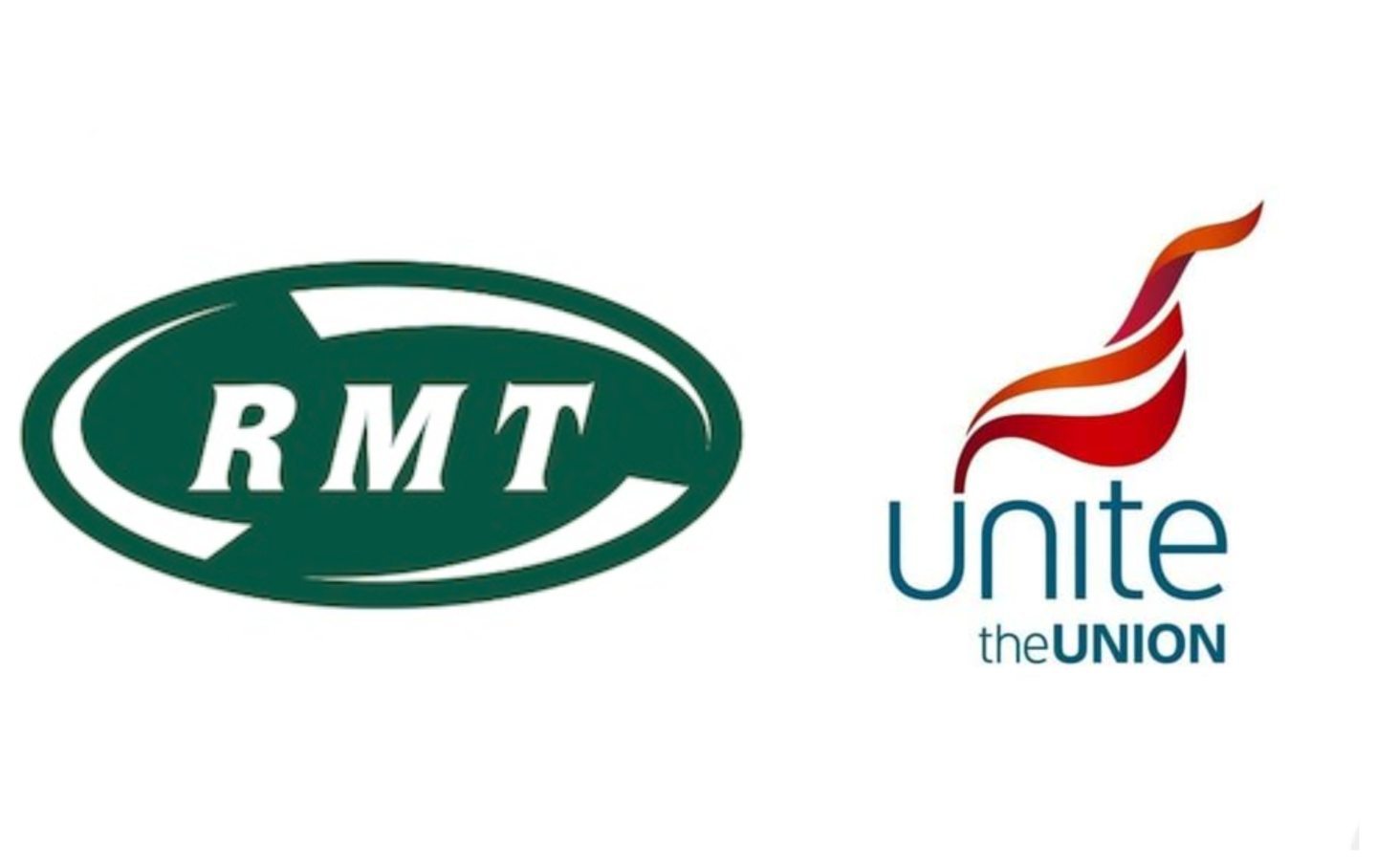
He added: “The lessons learnt from Piper Alpha should never be forgotten,” and highlighted recent high levels of hydrocarbon releases versus a reduction in shutdowns to allow for maintenance.
An RMT spokesperson said the current backlog listings “are shocking and far too slow in being addressed”.
“RMT has already raised concerns with the HSE who have assured us they are giving this top priority.
“We’ve engaged with several operators around backlog who are trying to convince us that they are getting on top of it, some of which goes back as far 2019. However, it is still unacceptably high.
“Using COVID as an excuse for backlog is not acceptable against a backdrop of a huge reduction in jobs.”
Steven Harris, managing director of HSE consultancy Integrity HSE, said: “Unfortunately, it is unlikely that these findings are anomalies. In my experience, the uncomfortable truth is that these types of failures are often symptoms of wider organisational issues.
“As an industry, we must also remember that our regulator has limited resources. Following that logic, and fast approaching the tragic 35th anniversary of Piper Alpha, we must be prepared to accept that there are likely many more dangerous circumstances within the UKCS at this very moment that remain undiscovered by the HSE or underappreciated by their owners.
“These indicators tell us we are heading towards a very unpleasant event.”
Industry ‘in action’ on North Sea HSE
Mark Wilson, HSE director at trade body Offshore Energies UK (OEUK) said the North Sea is “an industry in action” on this “key topic”, which was recently discussed at a board meeting with HSE representatives.
He said, because of the pandemic, maintenance backlog has been increasing – but has recently flattened and is no longer of the climb.
In 2022 “we saw a small reduction of circa 4%,” said Mr Wilson.
“That’s not huge, but we stopped the growth. What is (also) a positive is we managed to shift a large amount of undefended maintenance to deferred.
“What that means is that undeferred maintenance has been reviewed by technical specialists, has been risk-assessed and is managed in a risk-based process, so 40% has moved to deferred.
“We’re waiting to see what the impact of the 2023 shutdown season is in Q2 and Q3, we’ll get that from the data – what we now need to see is that deferred maintenance being executed.”
Mr Wilson said “one of the questions” currently being worked through is what an industry target would look like for reduction.
Maintenance backlog has been measured for years, but now OEUK, through its Maintenance Backlog Reduction Task Finish group, established at the end of 2021, is measuring like-for-like in reporting for SECE and non-SECE.
A peer-review model is planned in order to ensure senior leaders “are aware of where they compare with industry”.
Other initiatives planned include a sharing and learning session, expected in Q3 this year after shutdown season, with industry and supply chain leaders gathering on best practice.
That session is anticipated to contribute to the creation of a new target for backlog.
Mr Wilson said: “The message I got loud and clear from the UK board meeting was the board are keen to be transparent on maintenance backlog.
“It’s a function of leadership to drive this issue, amongst many other issues that clearly leadership are dealing with, but where we recognise the challenges around maintenance backlog leadership have got to be informed, engaged and ensure that the right resources, the right money and funding is in place to drive it down.”
Recommended for you


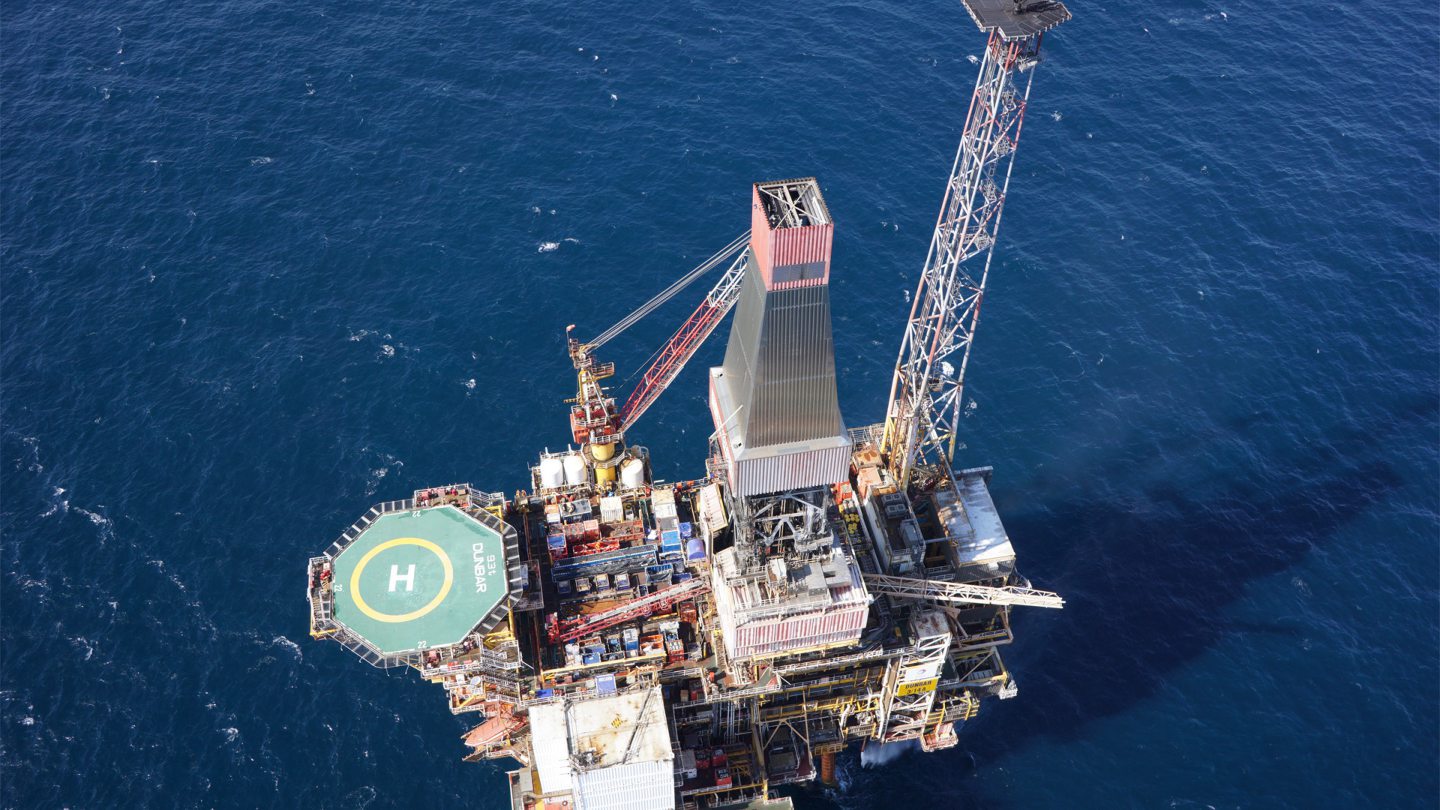 © Supplied by TotalEnergies
© Supplied by TotalEnergies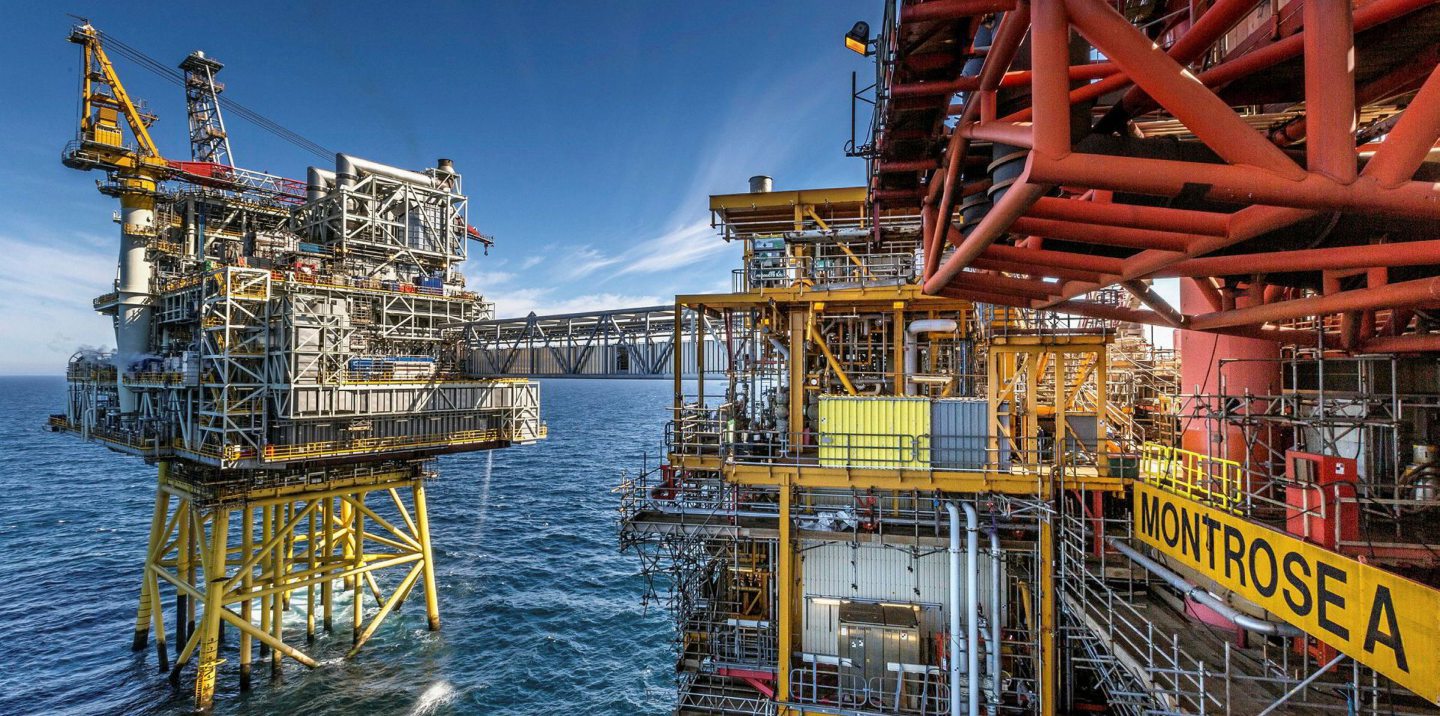 © Supplied by Repsol Resources
© Supplied by Repsol Resources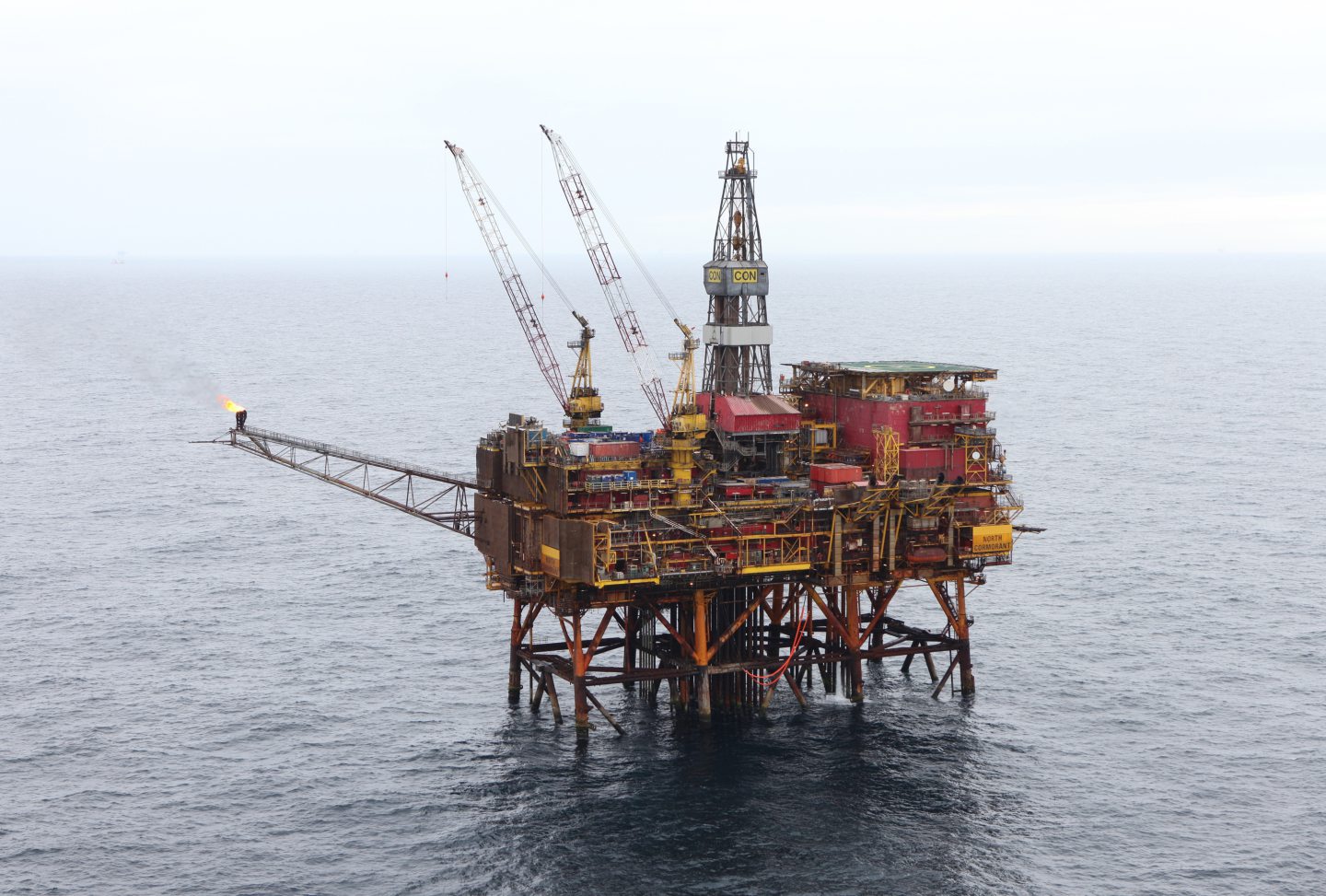 © Supplied by TAQA
© Supplied by TAQA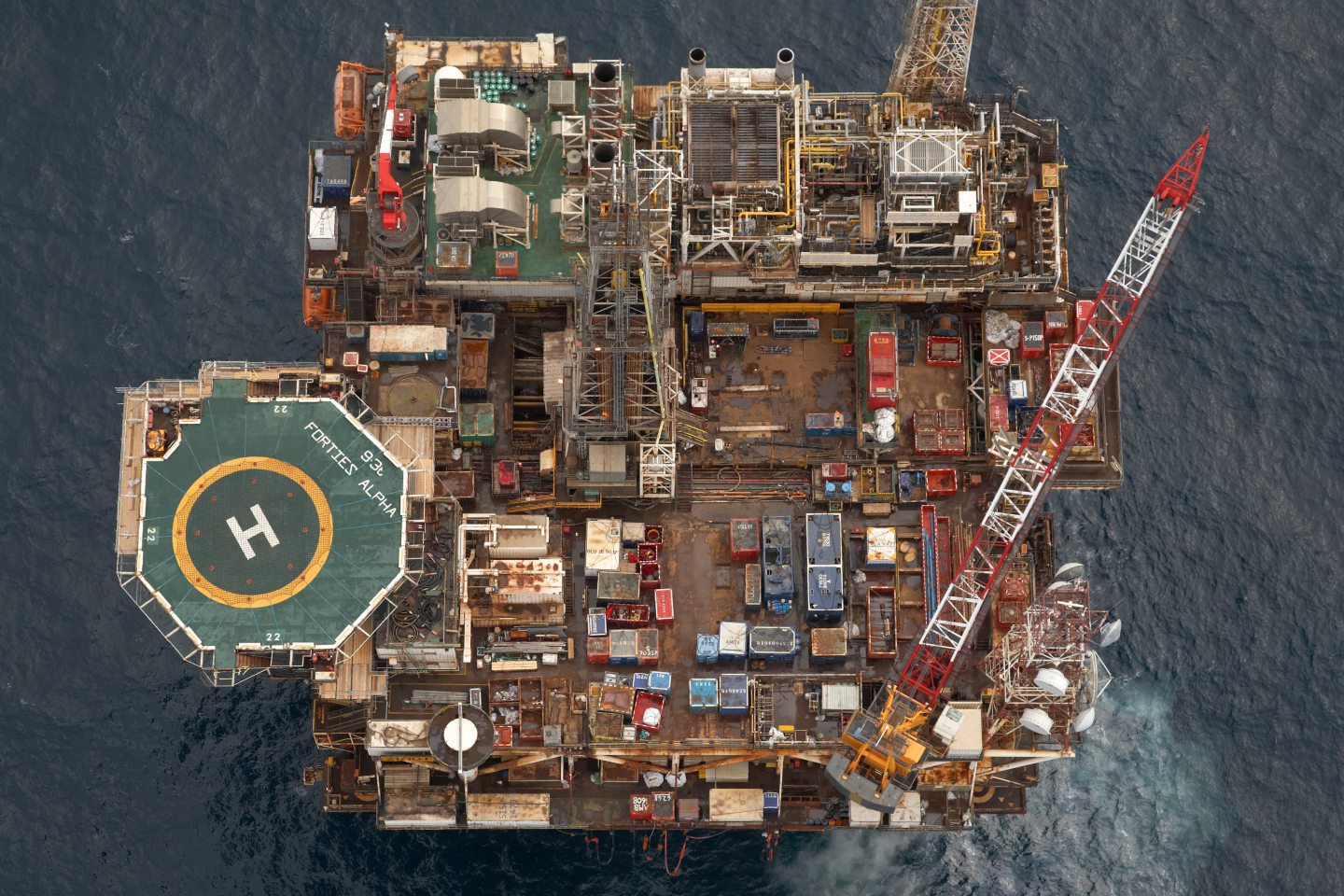 © Supplied by System
© Supplied by System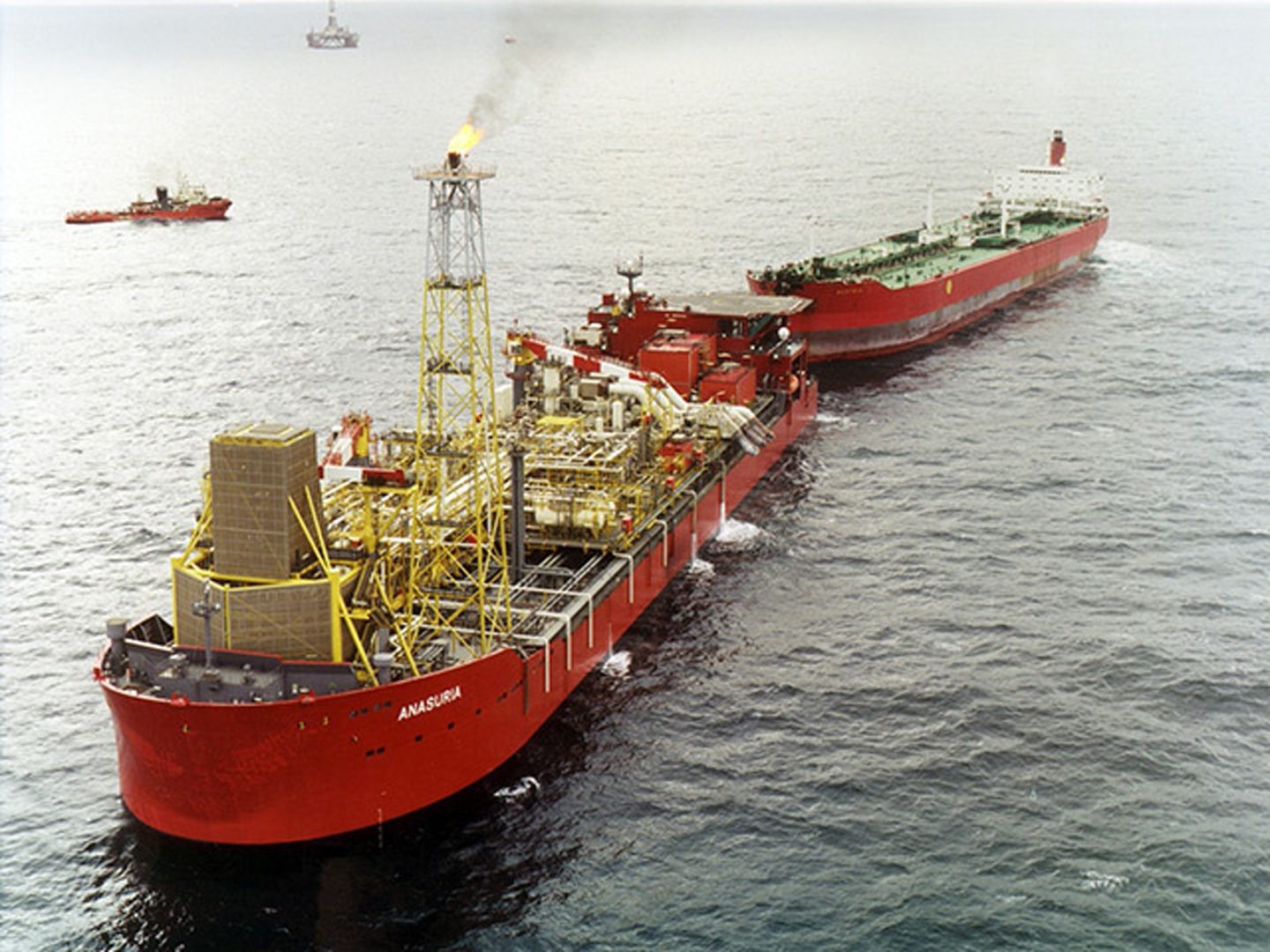 © Supplied by -
© Supplied by -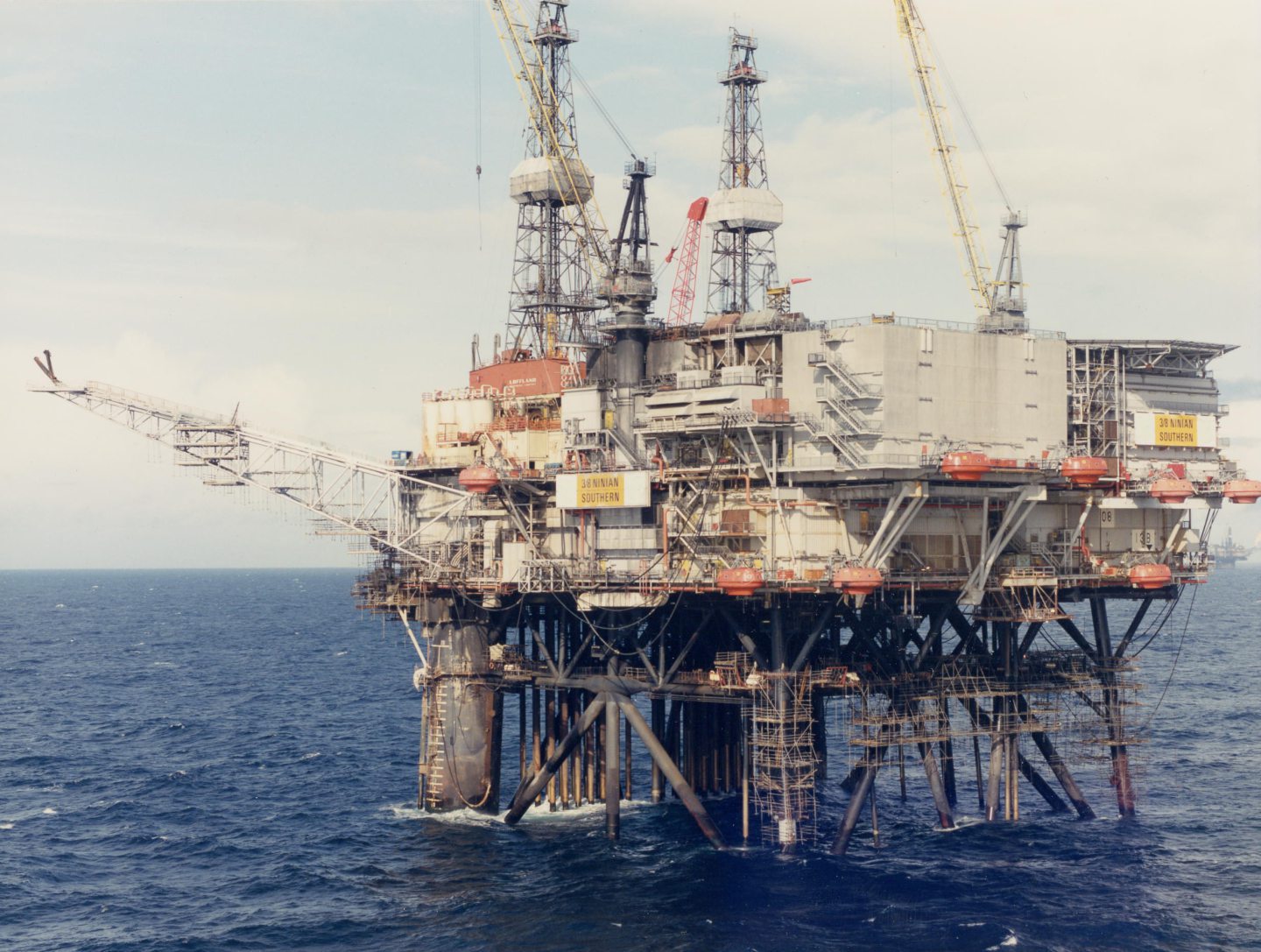 © Supplied by System
© Supplied by System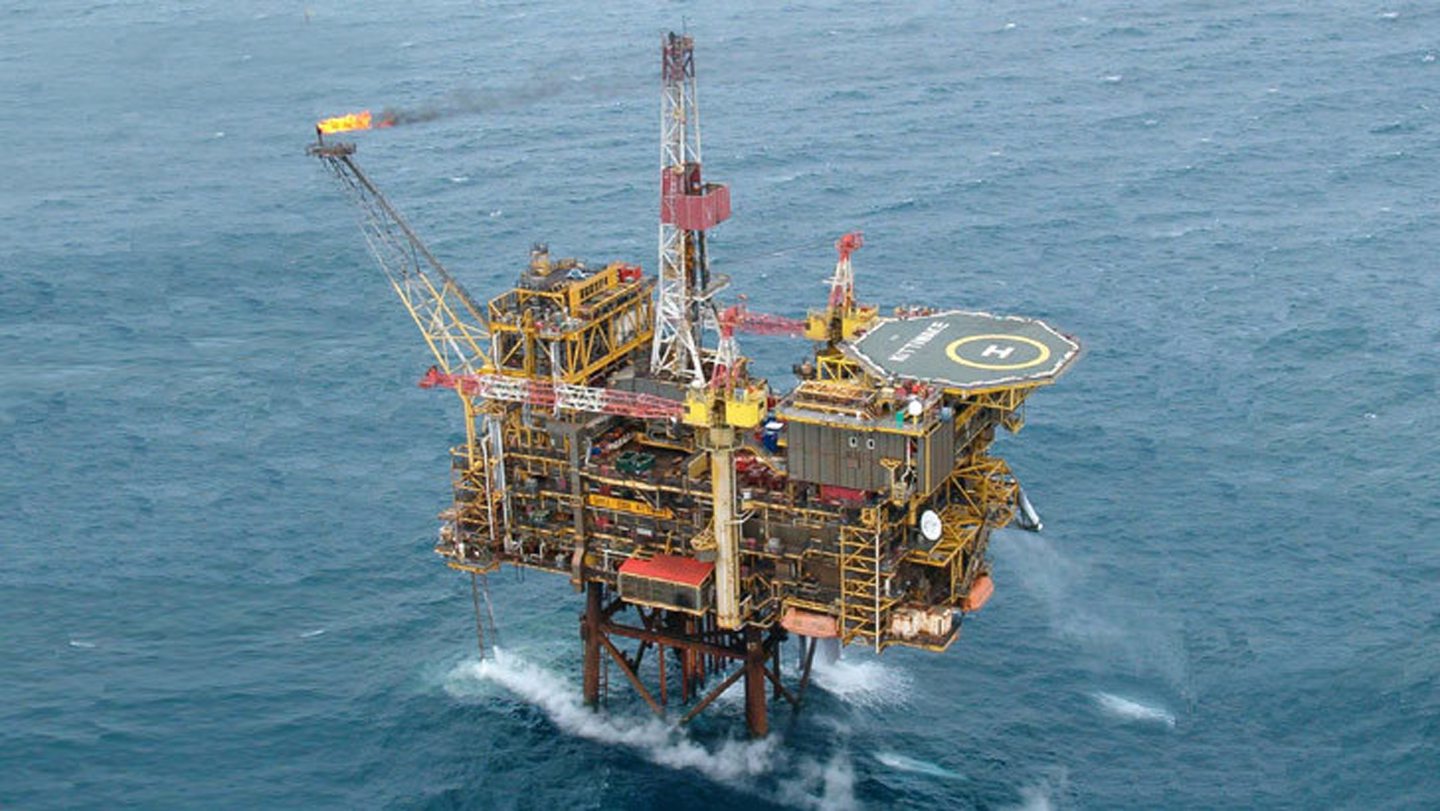
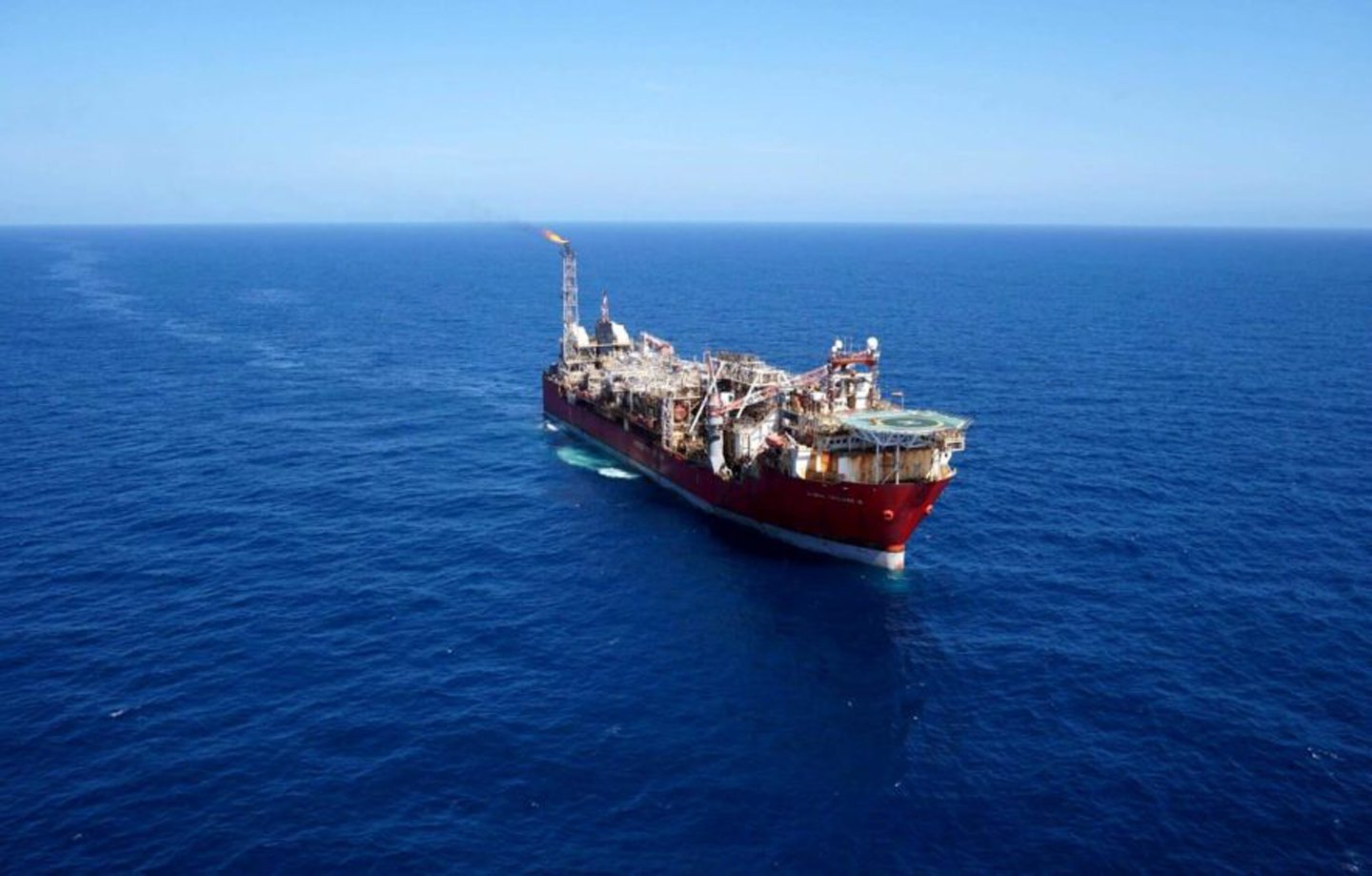 © Supplied by Sword
© Supplied by Sword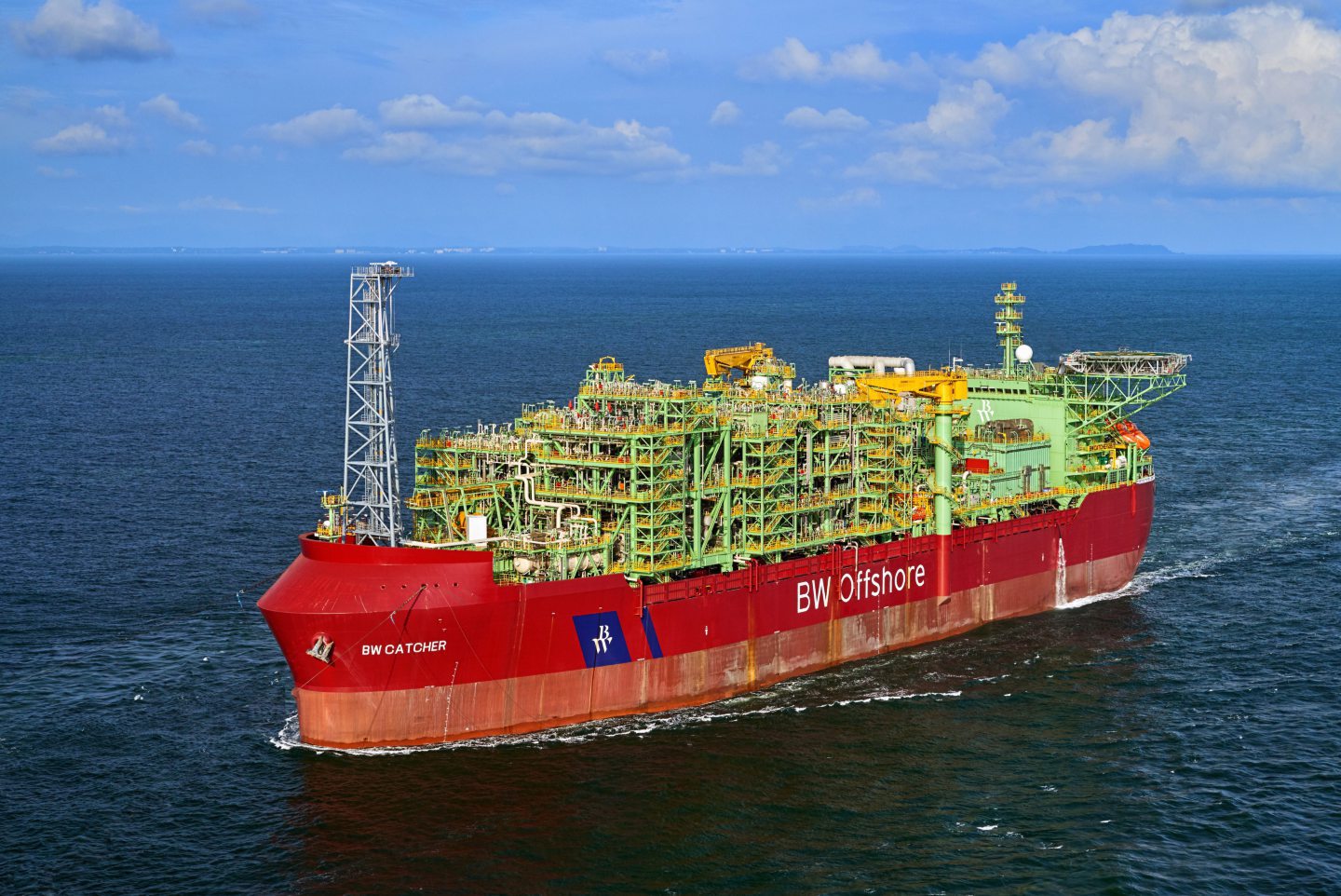 © Supplied by BW Offshore
© Supplied by BW Offshore © PA
© PA © Supplied by DCT
© Supplied by DCT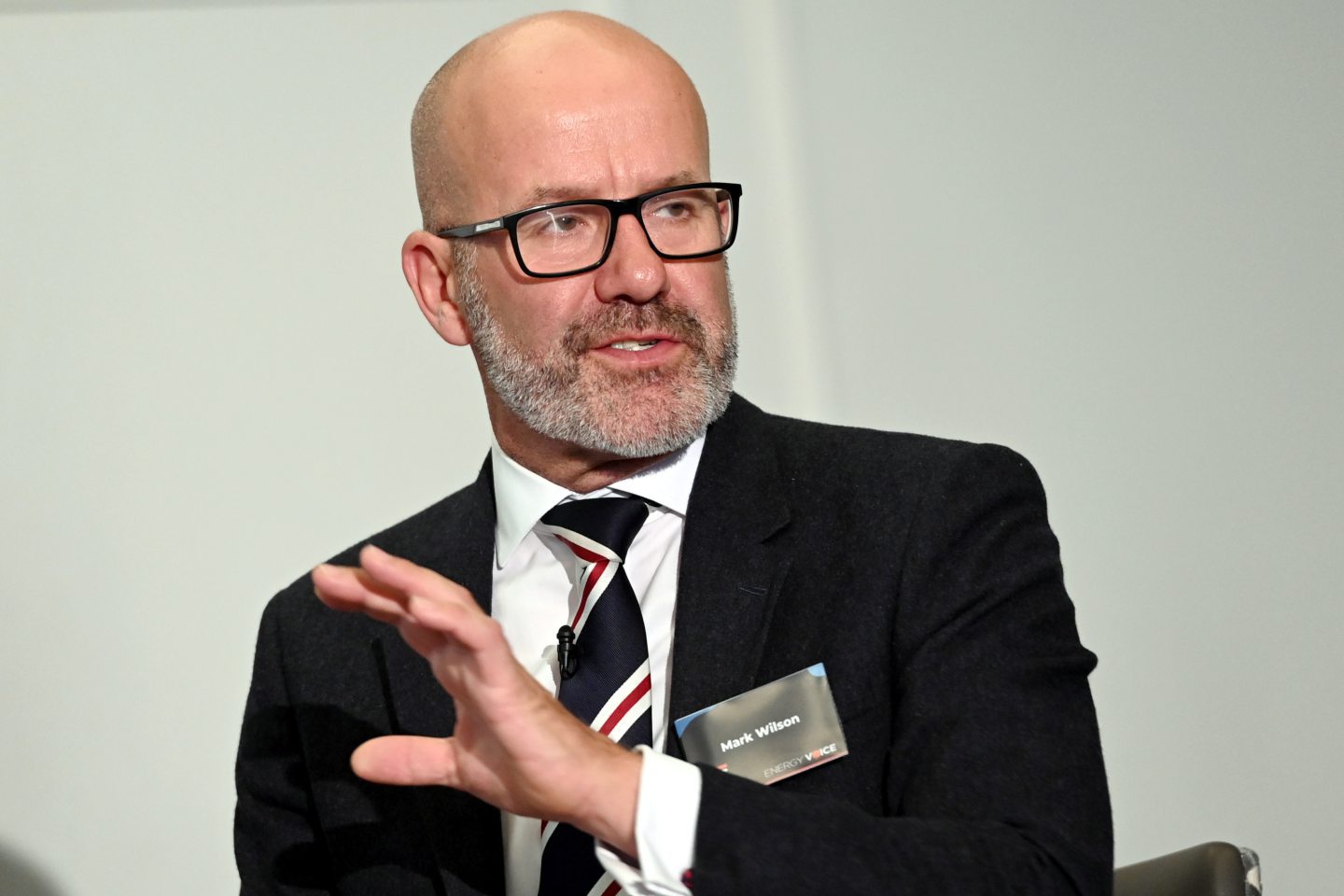 © Supplied by DCT
© Supplied by DCT